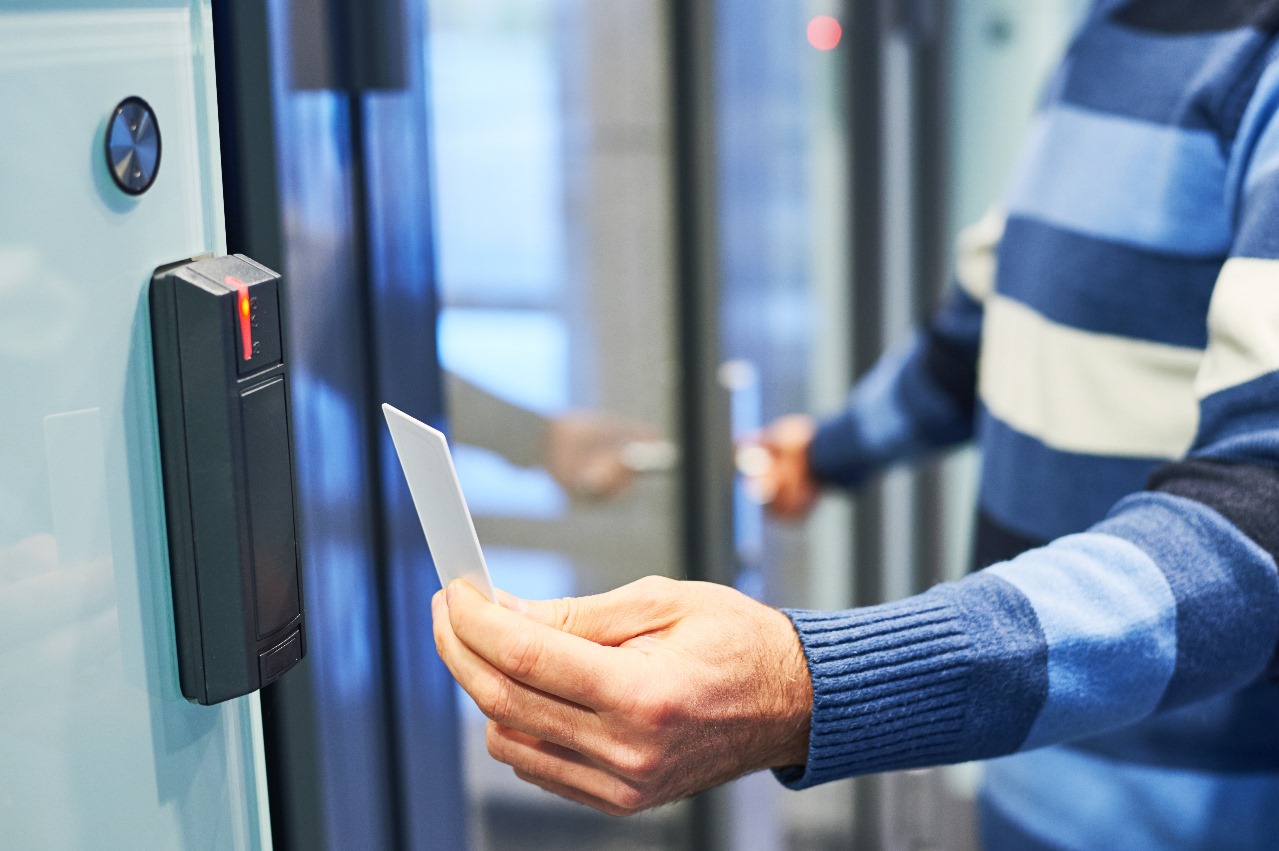In today’s fast-paced world, the need to regulate entry and monitor access to buildings, facilities, and sensitive areas has become increasingly essential. Access control systems provide a sophisticated solution to manage and secure physical spaces, offering a range of benefits that extend beyond traditional lock-and-key mechanisms. Access control systems are often used by trusted and professional locksmiths. Here we will take a look into the fundamentals of access control, exploring its functionality, components, and diverse applications in residential, commercial, and institutional settings.
Understanding Access Control:
At its core, access control refers to the selective restriction of entry to authorised individuals or entities while denying access to unauthorised parties. Unlike conventional locks and keys, access control systems leverage advanced technologies to regulate entry dynamically, granting or revoking access privileges based on predefined criteria such as time, location, and user credentials.
Components of Access Control Systems:
- Authentication Mechanisms:
- Access control systems employ various authentication methods to verify the identity of individuals seeking entry. These may include biometric technologies such as fingerprint, iris, or facial recognition, as well as credential-based authentication such as key cards, proximity cards, PIN codes, or mobile credentials.
- Access Control Panels:
- Access control panels serve as the central hub of an access control system, managing user credentials, processing access requests, and controlling the operation of locking mechanisms. These panels communicate with readers, sensors, and locking devices to enforce access policies and monitor entry points in real-time.
- Readers and Credentials:
- Readers are devices installed at entry points to capture and authenticate user credentials. Depending on the authentication method employed, readers may include proximity card readers, biometric scanners, keypad readers, or mobile-enabled readers. Credentials, such as access cards or key fobs, are issued to authorised individuals and encoded with unique identifiers to grant access rights.
- Locking Mechanisms:
- Locking mechanisms are integral components of access control systems, responsible for securing doors, gates, turnstiles, and other entry points. Electric locks, magnetic locks, strike locks, and motorised locks are commonly used in conjunction with access control systems to enforce access policies and restrict entry to authorised personnel.
Applications of Access Control Systems:
- Commercial and Corporate Environments:
- Access control systems are widely deployed in commercial and corporate settings to regulate access to office buildings, warehouses, data centres, and restricted areas. By implementing access control, organisations can safeguard valuable assets, protect sensitive information, and enhance employee safety and security.
- Educational Institutions:
- Educational institutions utilise access control systems to manage access to classrooms, laboratories, dormitories, and administrative offices. These systems help prevent unauthorised entry, mitigate security risks, and ensure the safety of students, faculty, and staff.
- Healthcare Facilities:
- Access control plays a critical role in healthcare facilities, where sensitive patient information and medical supplies must be protected. Access control systems enable healthcare providers to control access to patient rooms, pharmacies, laboratories, and restricted areas, enhancing patient privacy and security compliance.
- Residential Properties:
- Access control systems are increasingly adopted in residential properties to enhance security and convenience for homeowners. From gated communities and apartment complexes to smart homes, these systems provide residents with flexible access management, remote monitoring, and integration with home automation platforms for enhanced control and peace of mind.
Customised Security Management
Access control systems offer a sophisticated and customisable solution for managing entry and ensuring security in diverse environments. By leveraging advanced technologies and robust authentication mechanisms, these systems empower organisations and homeowners to regulate access dynamically, protect valuable assets, and safeguard individuals against security threats. As the demand for security and efficiency continues to grow, access control systems will play an increasingly vital role in shaping the future of physical security and access management.




